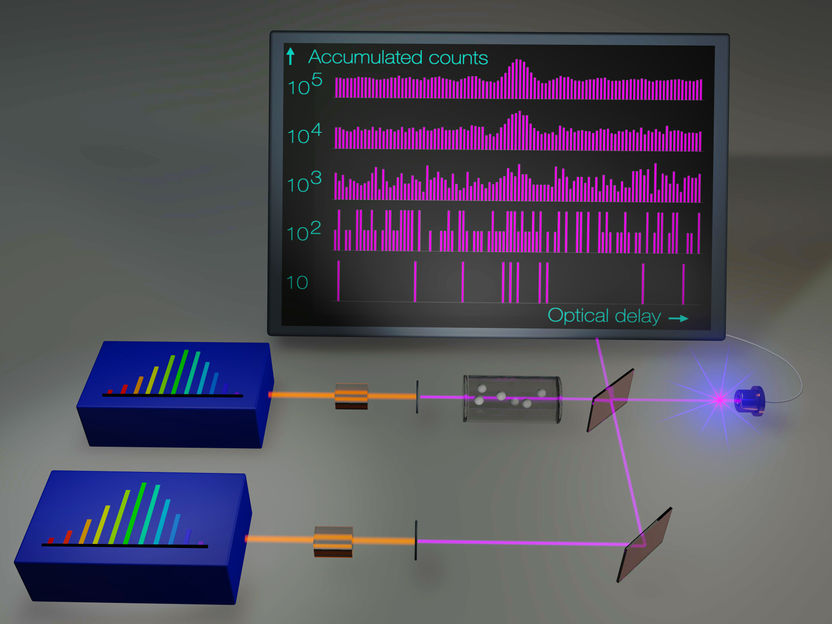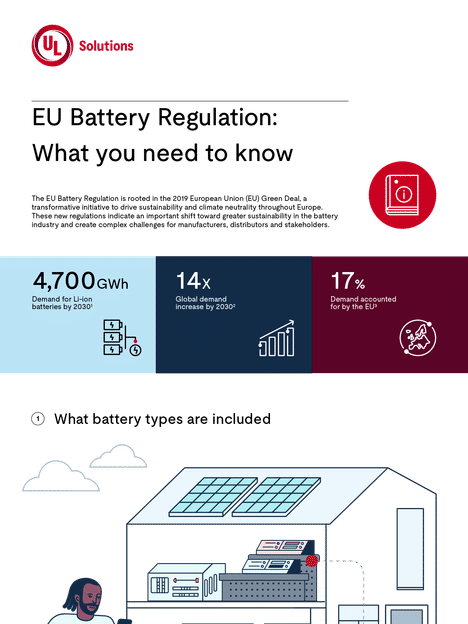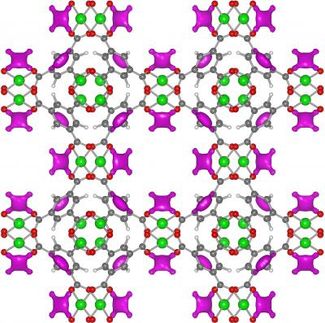Polymerisation of S2N2 - a new way to see hidden fingerprints
Advertisement
Fingerprints that have been washed off surfaces could now be retrieved thanks to a development by scientists in the UK and reported in the Journal of materials chemistry.
The strained four-membered ring system, S2N2 quickly polymerises to (SN)x in the presence of fingerprints. This polymer can then be detected and a fingerprint visualised. Paul Kelly and colleagues discovered that the polymerisation still occurs when the chemicals that were thought to trigger the polymerisation are washed off, either by wiping a surface or by an explosive blast. The polymerisation is triggered by a surface effect, brought about by interaction of the chemicals in the fingerprint, before they are removed.
As long as the print has existed long enough to bring this about before washing off, the signature will be present and imaging is possible. The key to this process is that it is “based on the interaction of S2N2 vapour with the surface”. The crucial point is that a vapour can reach areas of a surface that are not accessible to solids and liquids, such as the crumpled remains of an explosive device.
The authors say further research is needed to develop the method to the stage where it could be used, forensically. Work is ongoing to develop the method for use on real life samples.
Original publication: S. M. Bleay, P. F. Kelly and R. S. P. King, J. Mater. Chem., 2010
Organizations
Other news from the department science

Get the chemical industry in your inbox
By submitting this form you agree that LUMITOS AG will send you the newsletter(s) selected above by email. Your data will not be passed on to third parties. Your data will be stored and processed in accordance with our data protection regulations. LUMITOS may contact you by email for the purpose of advertising or market and opinion surveys. You can revoke your consent at any time without giving reasons to LUMITOS AG, Ernst-Augustin-Str. 2, 12489 Berlin, Germany or by e-mail at revoke@lumitos.com with effect for the future. In addition, each email contains a link to unsubscribe from the corresponding newsletter.
Most read news
More news from our other portals
Last viewed contents

Tasty fat: X-rays finding the blueprint of why fat is yummy
Zinkenite
Y-STR
German_mound

Optical Frequency Combs Make Ultraviolet Spectroscopy More Sensitive and More Precise - The development promises advances in several scientific and technological fields
Pharmacist
Boron_trioxide_(data_page)
Lavoslav_Ružička
Category:Vanadate_minerals
Adolf_von_Baeyer























































